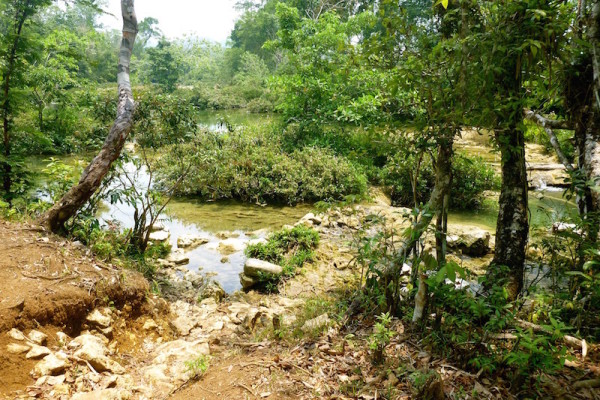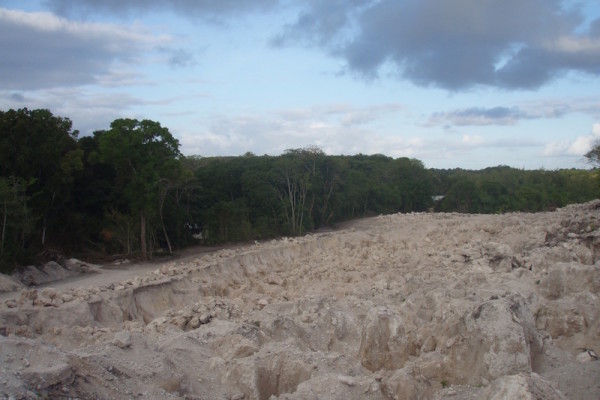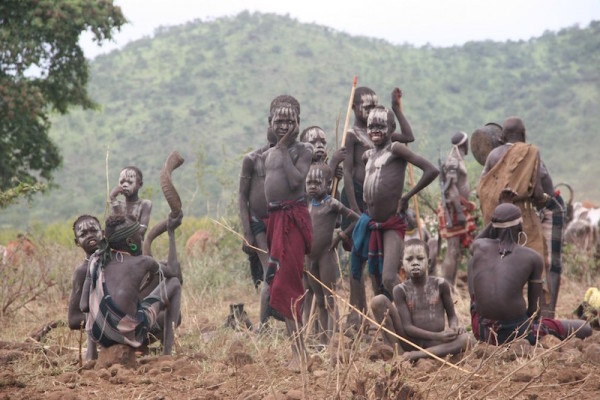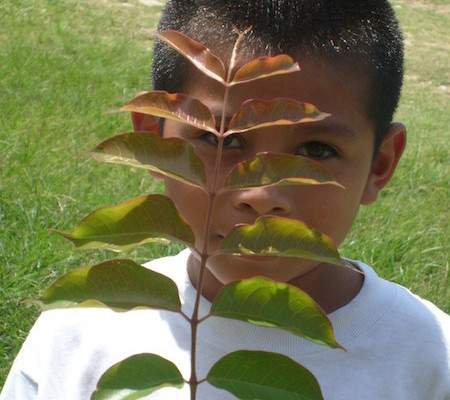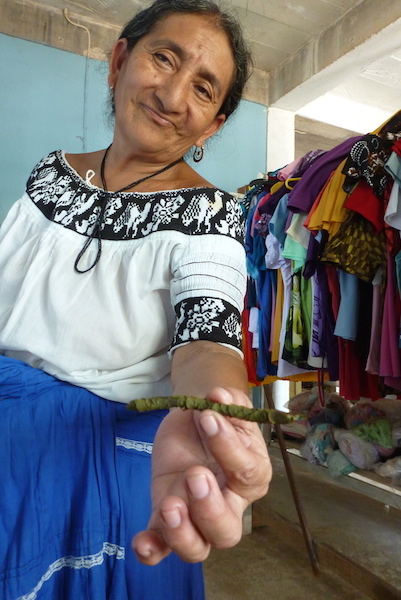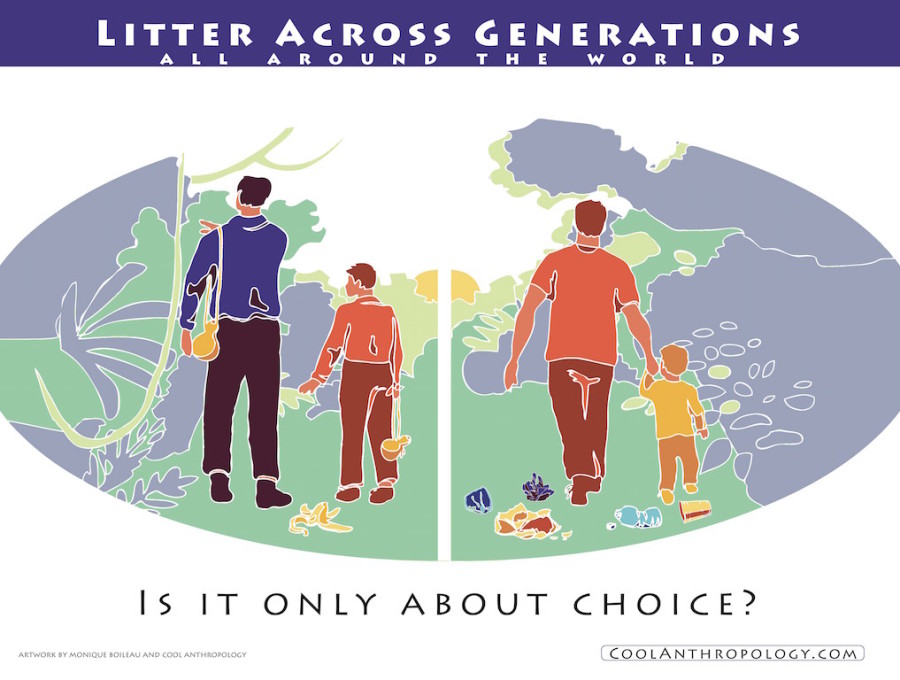Environment is our final stop on the development road, with changing land use as a central focus on the development process. Here, we will consider how cumulative changes related the the forces of infrastructure, food, and others have impacted how people interact with their environments and what changing environments mean for the communities living in them.
Changing environments over time are reflected in changing land use, land ownership and subsequent social changes. While many technologies have a high-profile, negative environmental effect, others are presented to address land management to avoid further environmental degradation and promote long-term land use. Environmental movements and “environmentalism,” as exemplified in slogans such as “saving the environment,” grew out of these changes and highlighted the disconnection between daily lives and the “natural” environment, a disconnection and conception that has been heavily theorized. Schools around the world run campaigns to “save” and “help” the environment, often organized by dedicated volunteers, with programs based on changes we can all make: picking up litter has become the poster-activity for showing environmental consciousness. While the separation of “us” and “environment” is reinforced by the idea our choices as individuals are responsible for the degradation of our environment, norms of behavior change in response in different ways and at different speeds. While children may feel inspired to collect litter, in many parts of the world there is no municipal trash service, leaving that litter to be piled up and, oftentimes, burned, releasing toxins into the air. When environmental education often addresses ignorance rather than opportunity, the individual shoulders the blame for their changing environment. When “food waste” changes from a banana peel to a plastic soda bottle in one generation, norms for food waste disposal developed over many generations must immediately change. Corporate responsibility for both these smaller-scale and global environmental changes are becoming popular topics of conversation. Subjects previously relegated to the the margins of environmental movements now have scholars uniting with activists and artists to consider how development processes have made an all-pervasive impact on our daily lives. Soil restoration and local food production in response to large agricultural monopolies are topics moving to the mainstream, fueled by the understandings that soil quality not only affects crop yields but food quality, sustainability and public health. Working to compost and restore soil, planting seeds and local foods learning and borrowing from more traditional methods, is one way in which environmental connection is fostered and environmental degradation is addressed. These serve as a powerful force in connecting communities to their land- and to each other.
This is an ongoing project and a continuous conversation. Please add your voice by joining the discussion at the end of this page and/or recording your contribution and contacting us to have your submission added to the installation.
Share this:
- Click to print (Opens in new window)
- Click to email a link to a friend (Opens in new window)
- Click to share on Facebook (Opens in new window)
- Click to share on Twitter (Opens in new window)
- Click to share on LinkedIn (Opens in new window)
- Click to share on Pinterest (Opens in new window)
- Click to share on Tumblr (Opens in new window)
- Click to share on Reddit (Opens in new window)
- Click to share on Pocket (Opens in new window)
